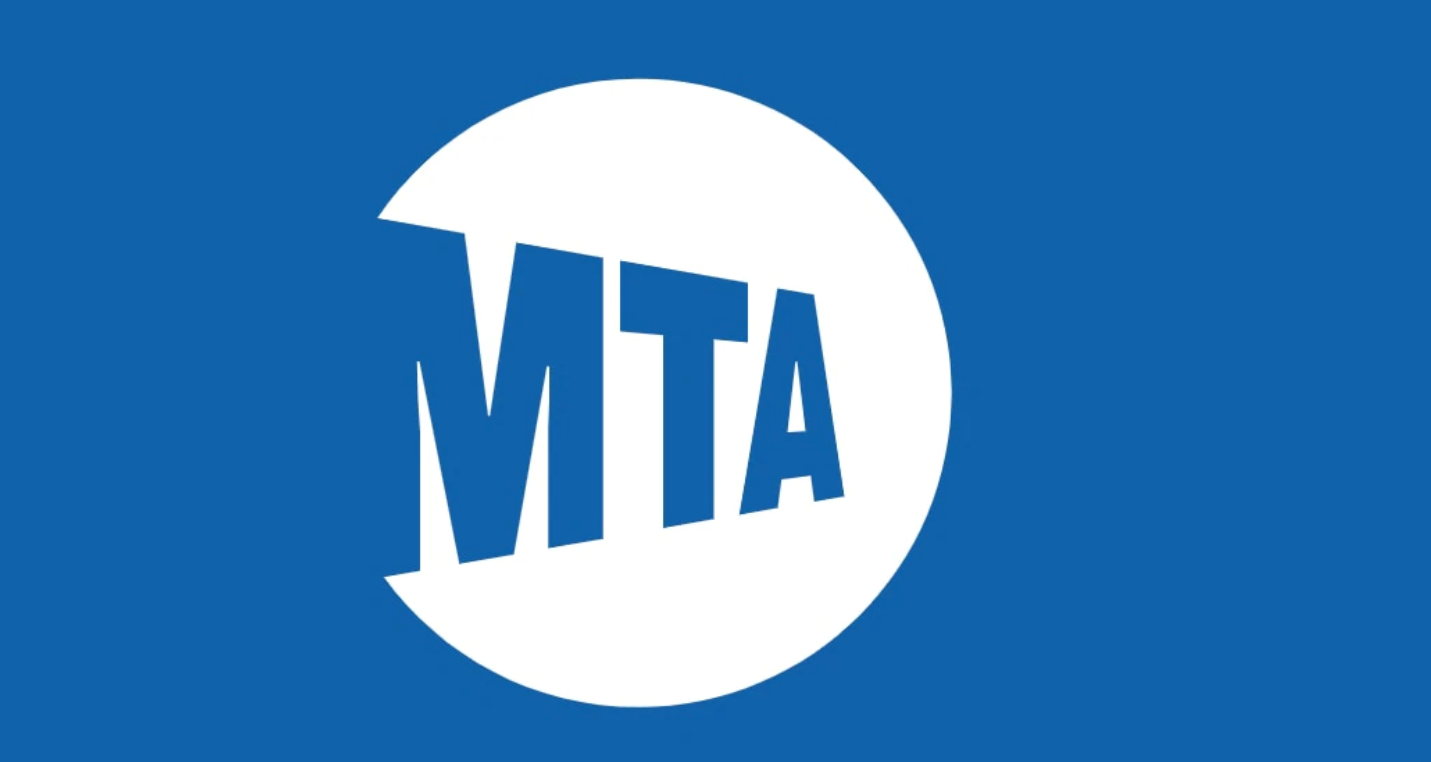Like a bad penny that keeps returning, the Metropolitan Transit Authority is alerting regional ridership and taxpayers that once again they are facing $4.651 billion in operating deficits through 2026 and that they want commuters and taxpayer to pay for it with higher fares and taxes.
It doesn’t stop there. Those who use the region’s bridges and tunnels are not escaping either. They will face higher bridge and tunnel tolls. Sadly, the MTA, the largest mass-transit system in the United States, continues to struggle with its finances while adjusting to the new order where ridership is down over 30% from pre-pandemic levels, and hybrid working is gaining in popularity. Recent polls suggest that the new order may well be permanent.
A Washington Post-Ipsos poll found that, prior to the pandemic, 60% of workers worked exclusively on the employers’ premises. Now 40% say their jobs can be done at home. Of this group, 40% now work fully remote, 38% work a hybrid schedule and the balance are either in the office or another workplace.
Furthermore, of remote capable workers, 70% would choose to work from home, with 72% of them wanting to work remotely “all or most of the time” with 23% “some of the time”. If these harbingers of worker realignment are not enough, 70% of employees working fully from home expect these trends to continue well into the next decade, while remote-capable workers who still commute expecting more commutation flexibility.
The MTA has to be realistic. What they believe is a temporary glitch in ridership commutation habits may well be a structural change in how and where people work.
The structural change in commuting habits is clear considering that 48% of those wanting to work from home cite not having to commute as the top reason, 14% responded that working remotely makes child-care easier, with 32% of working parents citing child-care reasons for remote working. Of those working from home at least 1 day a week, 70% indicate that their work-life balance is easier not commuting. Yet the MTA avoids structurally changing its operations, and ignores what is going on with their customer base evidenced by their plans to fill the deficits from tax, fare and toll increases and one-shot state revenues.
New York State’s budget includes a 0.6% increase in the Payroll Mobility Tax for the largest New York City businesses expecting to generate approximately $1.1 billion, $530 million in one-shot state and New York City aid, and somehow finding $400 million in MTA operating efficiencies that would reduce expenses. Reducing expenses, what a novel idea. How many times have we heard that before? However, expense reduction is not in the MTA’s cards considering that casino gambling can’t escape the MTA spending splurge.
The governor and state legislature have dedicated for MTA operations $1.5 billion in licensing fees of the three downstate casino licenses, if and when awarded, and a share of an estimated $231 to $413 million in incremental annual casino tax revenue. These monies are far from available and won’t help the MTA for years, if at all.
Clearly, the MTA must restructure with efficiencies becoming integral to their operations. If not, it is only a matter of time before they come to taxpayers and commuters to bail them out again. Without change that seems inevitable.
“
Image and article originally from libn.com. Read the original article here.

